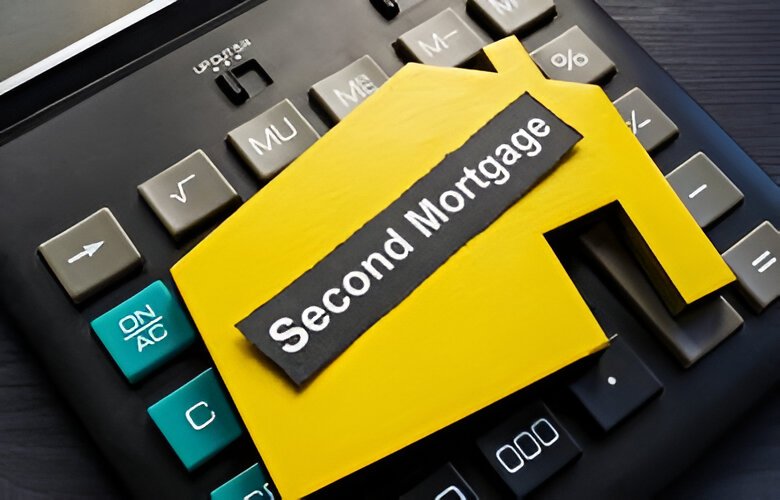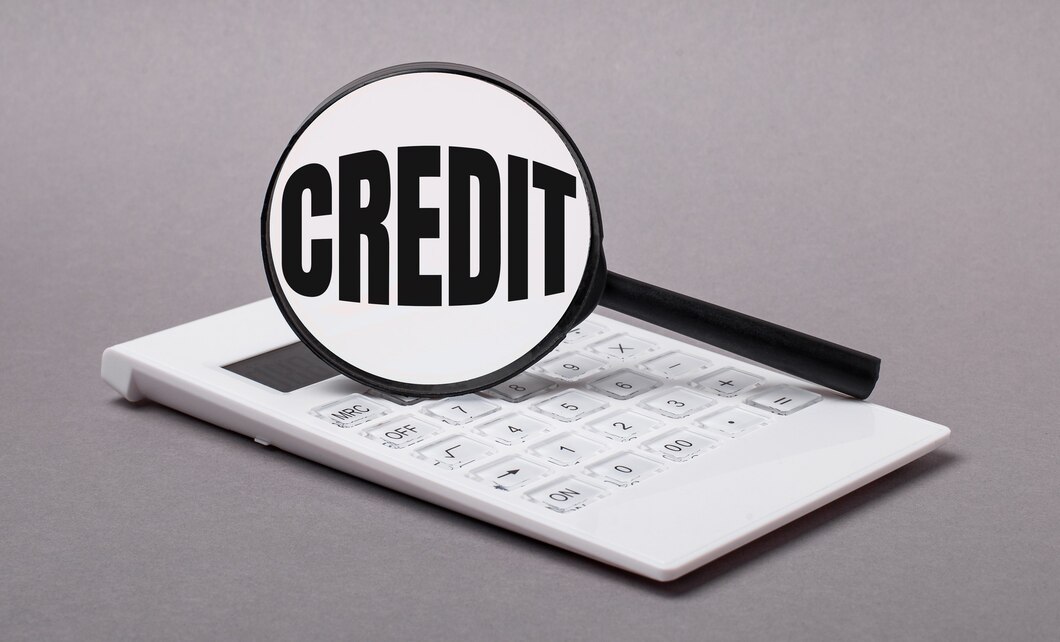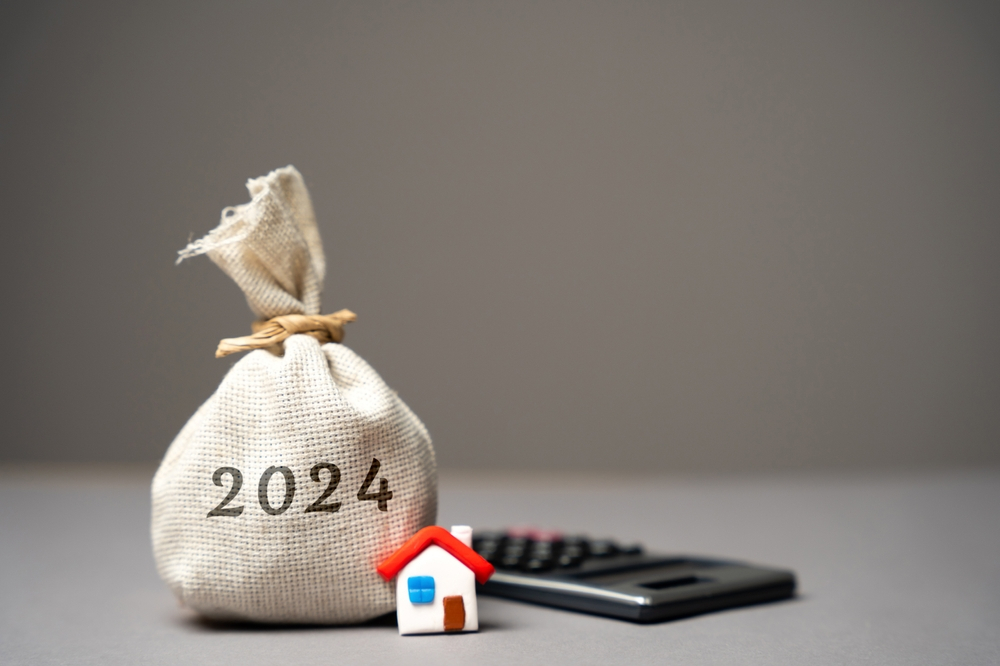The complexity of Canadian mortgages can be intimidating. Mortgages for rental property differ from traditional mortgages in that they have special characteristics. For instance, they might be simpler to qualify for, provide you with greater cash flow, and even just require a 5–10% down payment.
This article will easily explain rental property mortgage characteristics, interest rates, income tax claims, and eligibility requirements if you’re considering purchasing a rental property.
Rental Property Mortgages
The initial characteristics of your investment property mortgage will be based on the purchase price and number of units in your rental property. The following requirements must be met by your property in order to be eligible for a down payment of less than 20%:
- Have 1-4 units and residential zoning
- The purchase price can’t exceed $1 million
- You must live in one unit for one year minimum
We advise first-time real estate investors to satisfy all requirements. Even if you don’t fulfill these requirements, you may still be eligible for a mortgage on a residential rental property. However, a 20% down payment is required at the very least. The other 1-3 apartments will help with your monthly mortgage payments and, ideally, leave you with some rental property revenue, which is why this procedure is known as “house hacking.”
Your property will be considered a commercial property if it has more than five units. In this case, you’ll require a commercial mortgage with higher interest rates and more stringent qualification requirements. In order to qualify for a commercial mortgage, your net worth must be greater than 25% of the loan amount.
Rental Property Mortgage Terms
1. Down Payment
A 20% down payment is required if you don’t reside in one unit for at least a year. However, if you reside in a single unit and match all three requirements, you are qualified for a minimum 5–10% down payment. You must adhere to all CMHC mortgage requirements because the decreased down payment is a result of mortgage default insurance. You’ll probably get better mortgage rates in Canada if you have mortgage default insurance, which is an advantage.
On your property’s first $500,000 in value, you can put down a minimum of 5%. However, a 10% down payment is required for any value between $500,000 and $1,000,000. For instance, a down payment of at least $45,000 would be required for a $700,000 house (500,000*5 percent + 200,000*10 percent).
2. Amortization Period
The amount of years it will take to pay off your mortgage in full is known as your mortgage amortization. In general, since it lowers their monthly mortgage payments, real estate investors favor longer amortization periods. A longer amortization will provide a lower mortgage payment increase your overall profit month to month.
You may be eligible for a maximum amortization of 25 or 35 years for residential property, depending on the type of property you buy. With a down payment of less than 20% and CMHC mortgage default insurance, your maximum amortization period will be 25 years.
You can extend the amortization period to a maximum of 35 years if your down payment is greater than 20 percent. To do this, you won’t need to reside in a condo. However, there is a fee for amortization extensions, and your interest rates will probably be higher than those of a CMHC-insured mortgage. Your monthly mortgage payments should be lower in theory, but given the factors, it can be useful to compare them using a mortgage payment calculator.
3. Mortgage Default Insurance
As previously stated, if you have a high-ratio mortgage or a down payment of less than 20%, mortgage default insurance is required. In the event of your loan default, the insurance will safeguard your mortgage lender. To qualify for the insurance, you must buy a building with four or less units valued at under $1 million and reside in a unit for a year.
Otherwise, you won’t require mortgage default insurance if your down payment is greater than 20%. Even while CMHC insurance may allow you to get a mortgage at a reduced rate, there are some extra small expenses.
Rental Property Mortgage Requirements
In Canada, it may be simpler to be approved for a mortgage on a rental property. This is so that you can use a portion of the rental money you will eventually get to satisfy requirements. To buy a home in Canada, you will always need the right documentation. But specifically for investment properties, you’ll additionally require:
- Proof of tenants
- Residential or commercial zoning documentation
Your debt coverage ratios will then be determined by your mortgage lender using this data. Additionally, they’ll make sure you have the required credit score. Your debt coverage ratio will be determined by your lender using one of three ways.
Because each lender employs a different methodology, some may reject your mortgage application while others may approve it. Find lenders who employ this form of computation and learn which ratio is most advantageous to you for the best probability of acceptance. Even a Canadian Mortgage Broker might be able to help you with this. The three most widely used techniques are:
Rental Inclusion
The method used to buy residential investment properties most frequently is this one (four or fewer units). It displays the portion of your income that goes toward paying down debt and house bills. In order to be eligible under this technique, your gross income must be increased by half of your anticipated rental income. Therefore, a lower ratio is preferable.
Your rental inclusion ratio should be under 32% in order to be approved for a mortgage.
Debt Coverage Ratio
This statistic, often called the Debt Service Coverage Ratio (DSCR), is frequently applied to commercial real estate loans. The DSCR calculates the number of times your rental income can cover your mortgage payments. Your lender will probably use this percentage to evaluate you if your rental property has five units or more. a greater. A higher ratio is better because it shows you can make debt payments.
Your rental profits after maintenance, vacancy allowance, real estate taxes, homeowner’s insurance, and other pertinent expenses are referred to as net operating income. A rental property calculator can help you rapidly calculate your NOI.
The minimum DSCR required by mortgage lenders is 1.10. Higher ratios will, however, enable you to obtain better mortgage rates.
Rental Offset
This is an additional approach used to value residential investment properties. Even though it’s less common, it might be useful if you can’t get a mortgage via the rental inclusion technique. The idea behind the rental offset approach is that some of the expenditures associated with maintaining your property will be offset by your rental income. Your gross revenue will therefore be less significant because you will have fewer expenses to cover with your salary. A lower percentage is preferable because it indicates that less of your money is used to cover maintenance expenses for your home.
The percentage of the rental offset varies from 50% to 70%. For instance, a 50% offset percentage means that 50% of your rental income goes toward covering property costs. Lenders prefer a rental offset ratio under 32 percent for borrowers that meet this criteria to be approved for a mortgage.








